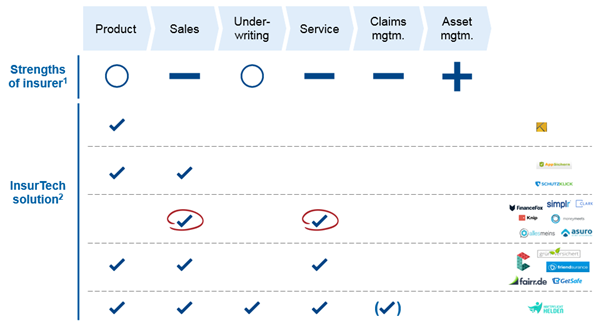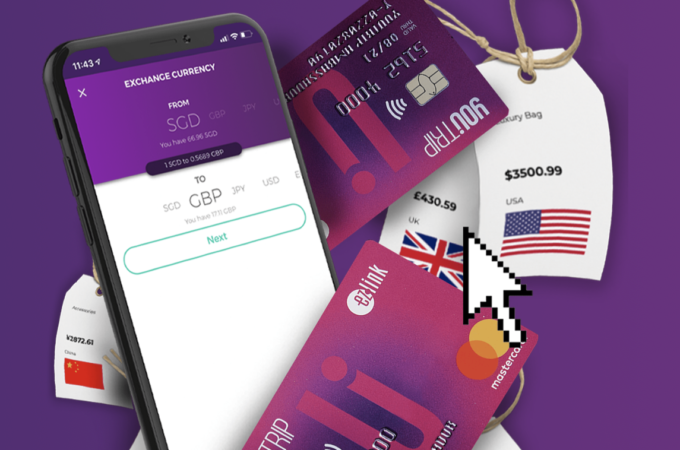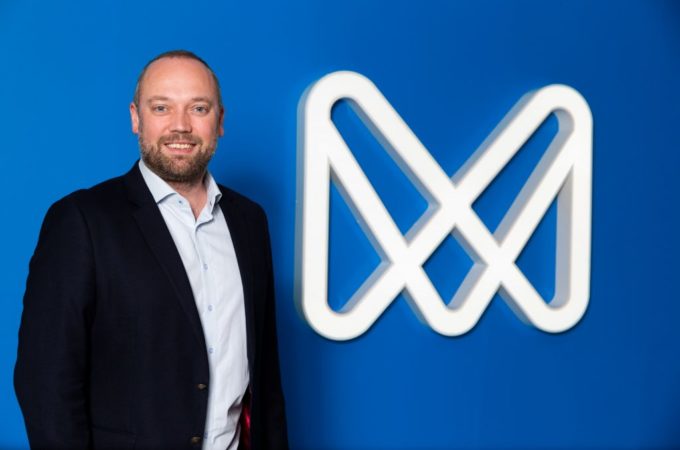
How hard is it to build a digital insurer?
By Artjom Kartaschow for his blog
At least 10 teams in Germany are currently trying to build a new fully digital insurer. Among them are for example the startup Ottonova from Munich or the Finleap Venture Element. Other young tech companies secretly work on their ventures.
There are significant entry barriers to build a digital insurer in Germany and it holds a lot of risks. Without a BaFin license, for example, insurers would require a minimum of around €10 million for potential claims payments, plus developing costs or legal advice. So why would anybody take the huge financial and professional risk and build a digital insurer?
To answer this question one first needs to better understand the current situation of the industry:
What problems do traditional investors have?
Insurance products are still not easy to understand for the majority of the German population. Although insurers have access to a lot of data for demand analysis and have gained profound experience over time, the industry still lacks new insurance products, transparency, more niche products and on-demand insurance with a fast purchase process, for example for cars.
The majority of German insurers still have to improve their sales activities: accessibility on different channels such as social media, longer opening hours or faster processing times are only a few examples. Moreover a major share of the contracts is sold by brokers, who often resist adopting new technologies or only open up to them very slowly.
Similar to sales, service is also characterized by limited channels und opening hours. A supposed automation such as conversations with a computer voice over a hotline are not actually helpful at all.
Asset management is the only part of the value chain where insurers sufficiently fulfill customer expectations: they secure capital and ensure liquidity for payouts. In most cases the customers reliably get their money and the insurance still enjoys the customer’s trust that it will continue to do so in the future.
Where do the InsurTechs attack?
Most InsurTechs position themselves where insurers have the least direct contact with customers. The reasons for this are obvious: competitive advantage over traditional insurers, available technologies to create innovative solutions, access to knowhow through direct customer interactions and data, etc. But what advantages could it have to build a digital insurer from scratch while addressing new solutions from the entire value chain at the same time?

What is the point of building a digital insurer?
Building a new digital insurer could lead to a significant competitive advantage through, for example, massive cost savings, a truly new customer experience or the ability for faster future transformation.
Among the new players, one of the most discussed questions is whether to acquire a BaFin license and therefore be an independent risk carrier or not. The main argument for the acquisition of a BaFin license is the flexibility to create own customer-centric insurance products.
But that flexibility is also restricted by BaFin regulations and the necessity of having a reinsurer who agrees to reinsure the newly developed insurance products and to put a price tag on them. For some new products, without any historical data available, this might be as difficult as finding an open minded primary insurer who might be even more trustworthy and might have more experience in negotiating with the reinsurer.
In addition, the acquisition of a BaFin license requires an investment at least in the mid single-digit million range for potential claims, plus a huge effort to build the infrastructure, plus a significant amount for legal costs because it has never been attempted before in Germany, and finally other unpredictable incidental expenses. The result would be that one would also take on the risk without a customer base and without an established brand — and that means without the trust, which has a significant importance especially with life, pension or disability insurances.
Examples from other countries such as Oscar (USA), Lemonade (USA), Zhong An (China), Integrity (Australia), Alan (France) or Fortify (UK) have not been around for long enough to evaluate the success of each concept. Notable nonetheless is that Oscar lost $105 million in 2015, despite the government supported introduction of Obamacare (https://goo.gl/hyDUKL).
How does the InsurTech market differ from the upheavals in the banking industry?
The upheavals in the banking industry are already stronger than those in the insurance sector. First examples with completely new digital banks already exist. In 2016 the solarisbank was launched as the first new digital bank with a BaFin license. The activities and the number of business customers such as Cringle, AutoScout24 or fashioncheque have been increasing ever since. In the same year, N26, the best known challenger bank in Germany, also obtained its banking license.
The motivation behind it is understandable. New banking products could be developed quickly and flexibly. Additionally, banking is transaction-based. That means that a bank with a banking license generates revenue with every transaction the customer makes. This includes paying for the metro on the way to work, buying lunch, online shopping, etc.
By contrast, insurance works completely differently. The interaction between the insurer and the customer is limited to the rare occasions of buying the actual insurance product, changing personal data or claiming money in case of damage or loss. Insurance companies survive on good risk management and not on the number of transactions. This risk is carried by the insurer with the insurance license.
But although the insurer with the license carries this risk this does not mean that they receive the main part of the premium. In property-casualty insurance for example approx. 30% of the premium is allocated to sales, operations and claims management (BaFin Jahresbericht 2015). InsurTechs already participate in a large amount of this.
What are the positive examples?
On account of that, one of the main differences between the current InsurTechs and traditional insurers is the BaFin license and with that the risk responsibility. Haftpflichthelden, an InsurTech company for personal liability insurance, is a good example of an InsurTech that covers all phases of the value chain except asset management. For that the young tech company works together with a partner.
That means they do not carry the risk, but are responsible for the considerable efforts required for sales or claims management. Admittedly, personal liability insurance is not the most complex insurance product, but the InsurTech company showed how it can be done on a small scale and can be a showcase for other insurance classes.
Is building a digital insurer worth the effort?
Taking into account the current development of German InsurTechs and the phases of the value chain that they already cover, one can conclude the following: The advantages of looking for an open minded and flexible insurer with an existing license outweigh the risks of obtaining an own BaFin license.





